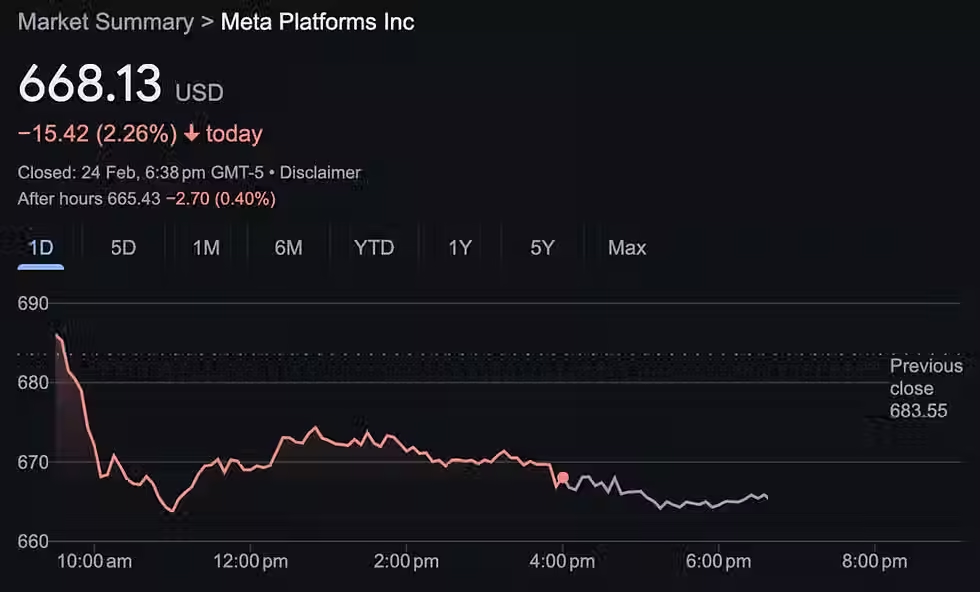Exchange-traded funds (ETFs): Which one should you buy?
- Buffett Online School

- Aug 27, 2023
- 4 min read

Suppose you're an investor who wants a budget-friendly and tax-efficient way to invest in various types of assets, then putting your money in ETFs is one of your best considerations.
At Buffett Online School, we believe in investing in great companies you understand and utilizing Free Investing Resources to kickstart your investment journey is one of the best ways to learn.
ETFs are a popular and accessible way to invest in assets like stocks and bonds without spending too much money. They offer a simple and cost-effective approach to building a diversified investment portfolio.
But with so many options, knowing which ETFs to pick can be overwhelming. That's where we provide clear and straightforward information, making choosing suitable ETFs much easier.
Investing in ETFs can be an excellent opportunity to grow your money, but making informed decisions is crucial.
In this article, we will explore an ETF's definition, advantages, potential drawbacks, and a step-by-step guide on investing in it to ensure you have a well-rounded understanding of it.
What are Exchange-traded funds (ETFs)?
An exchange-traded fund (ETF) is a group investment that works similarly to a mutual fund. ETFs follow a specific index, sector, commodity, or other asset. The unique thing about ETFs is that you can buy or sell them on the stock exchange, just like regular stocks.
The first ETF was the SPDR S&P 500 ETF (SPY), which trades actively today. It tracks the S&P 500 Index.

Pros and Cons of ETFs
Are you considering investing in ETFs but need to know if they're the right choice? Let's explore the pros and cons of ETFs to help you make an informed decision.
Pros of investing in ETFs:
ETFs allow you to invest in a mix of stocks, bonds, and other assets without spending too much money.
With ETFs, you don't need to guess which stocks to buy. They generally perform in line with the market with a good track record.
ETFs are easy to buy and sell compared to mutual funds. Online brokers make it simple to trade ETFs with just a click.
Using a bond ETF simplifies things for fixed-income investments like bonds, as investing in individual bonds can be complex.
Cons of investing in ETFs:
ETFs may have a lower potential return than buying individual stocks since they hold diverse stocks.
While ETFs are often low-cost, they still come with fees. If you buy individual stocks yourself, you can avoid management fees.
Knowing these pros and cons lets you decide if ETFs fit your investment goals.
Understanding ETF basics
Before we go any further, let's cover some important concepts you should know before buying your first ETFs.
There are two basic types of ETFs: Passive ETFs (index funds) and Active ETFs. Passive ETFs follow a stock index, like the S&P 500, aiming to match its performance. On the other hand, Active ETFs hire portfolio managers to try and outperform the index.
ETFs charge fees called the expense ratio, listed as an annual percentage. For example, a 1% expense ratio means you pay $10 in fees for every $1,000 invested. Choosing a lower expense ratio will save you money.
Most ETFs pay dividends, which you can receive as cash or opt for a dividend reinvestment plan (DRIP) to reinvest them automatically.
Chloe Lin also shares a quick TikTok video on choosing and filtering ETFs since there are over 3000 ETFs. Once these steps are done, you are left with the ETFs based on your chosen criteria.
Step-by-Step Guide to Choosing ETF

Use an ETF Screener from ETF.com to cut short your investment research process.
Step 1: Under the ETF Filters, go to the Asset Class and check on Equity.

Step 2: Under Focus, click on the sector you are interested in. For example, Consumer Staples

Step 3: Choose the location that you are interested in. For example, you will choose the US.

Step 4: Under Analysis, make sure to adjust the P/E ratio to less than 40 so that you are not buying it too expensive.

Step 5: Under Features, choose no leverage and no inverse.

Step 6: Under the Trading Data, make sure to adjust the Expense Ratio to <1%

Step 7: Change the Average Daily Share Volume to >1,000,000
Then, after filtering this based on your criteria, you will have a list of ETFs left, and then you can choose which are the best exchange-traded funds to buy now.
Join Our Free 2-Day BOS Value Investing MBA
At the Buffett Online School, we believe in learning the right investing mindset and system, cultivating emotional detachment, and growing our wealth safely and substantially in the long run.
Our next 2-day BOS MBA Value Investing Online Bootcamp is happening soon! We will teach you how to use Warren Buffett's proven investing method to maximize your portfolio.
Remember, you can cultivate the right investing mindset and unlock your potential to build wealth through intelligent investing. Together, we can create a network of educated investors who make informed decisions and contribute to their financial well-being!
In the meantime, feel free to check out some of our blog posts to continue learning. You can also join our BOS Telegram channel for more investing insights!






Comments